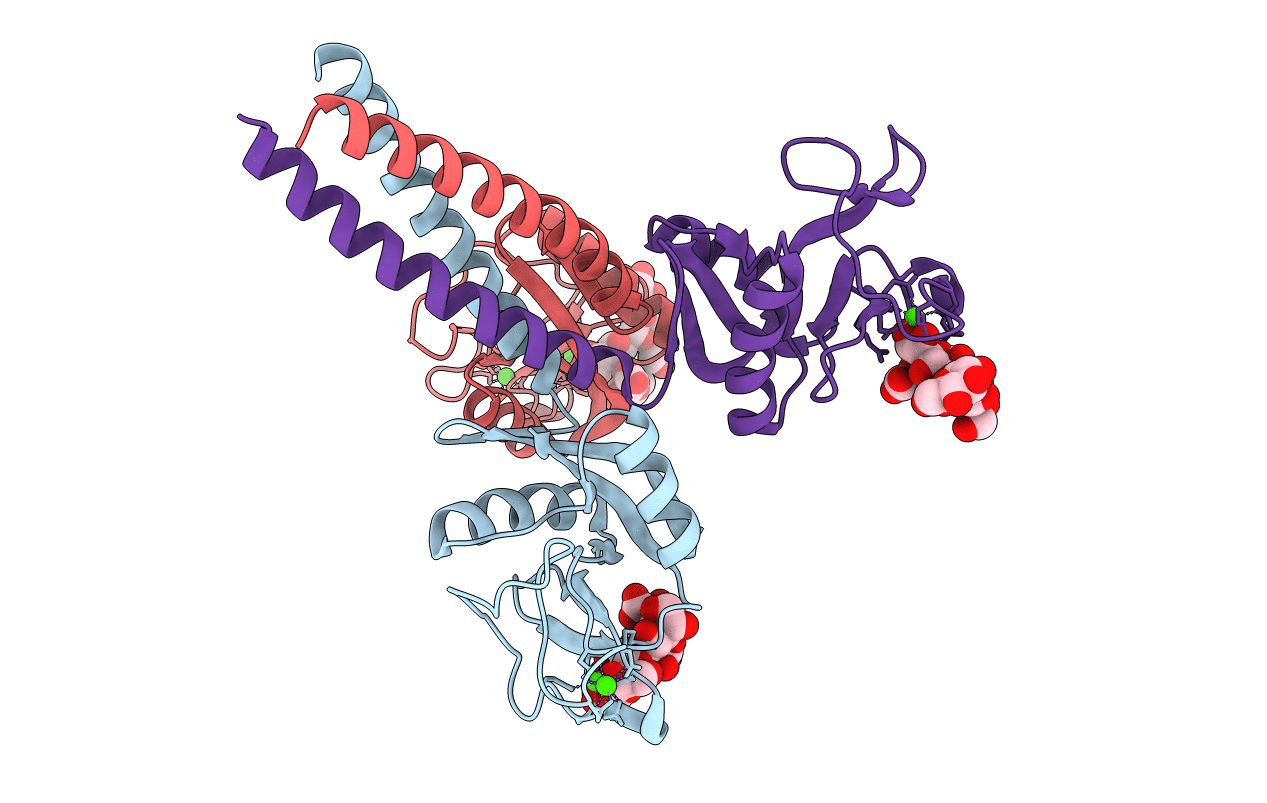
Deposition Date
2017-09-07
Release Date
2018-06-20
Last Version Date
2024-10-16
Entry Detail
PDB ID:
5OXS
Keywords:
Title:
Crystal structure of human lung surfactant protein D trimeric fragment with bound ligand Salmonella enterica Minnesota R5 oligosaccharide
Biological Source:
Source Organism:
Homo sapiens (Taxon ID: 9606)
Host Organism:
Method Details:
Experimental Method:
Resolution:
1.65 Å
R-Value Free:
0.18
R-Value Work:
0.16
R-Value Observed:
0.16
Space Group:
P 1 21 1


